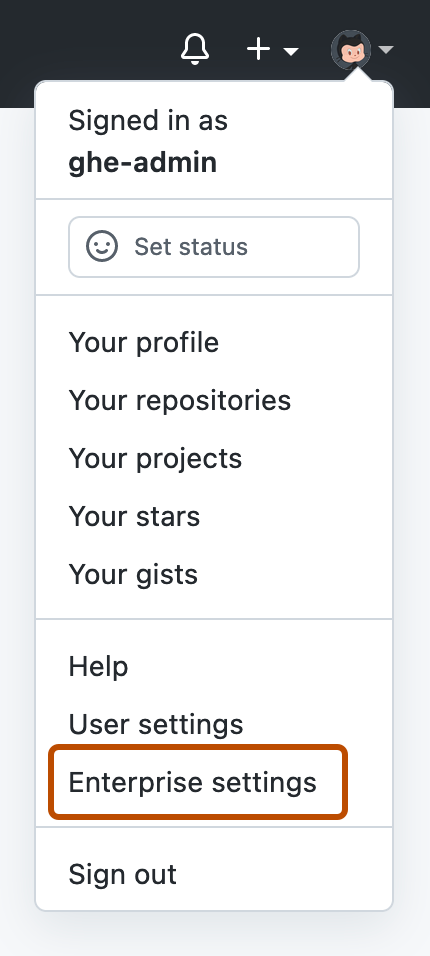About management of Advanced Security features
You can use Advanced Security features to harden security for the organizations in your enterprise.
You can quickly enable security features at scale with a security configuration, a collection of security enablement settings you can apply to repositories in an organization. You can then further customize GitHub Advanced Security features at the organization level with global settings. See About enabling security features at scale.
To manage individual GitHub Advanced Security features, you can enable or disable each feature for all existing and/or new repositories within the organizations owned by your enterprise.
Warning
You should communicate any changes you plan to make to existing feature enablement settings to organization owners before making them, so as not to impact existing security configurations that have been rolled out by organizations in your enterprise.
You can also enable or disable Advanced Security features via the API. For more information, see REST API endpoints for secret scanning in the REST API documentation.
For information about buying a license for GitHub Advanced Security, see About billing for GitHub Advanced Security.
If you have disallowed GitHub Advanced Security for an organization, that organization will not be affected by enabling a feature for all existing repositories or for all new repositories. For more information about disallowing GitHub Advanced Security for an organization, see Enforcing policies for code security and analysis for your enterprise.
When you enable one or more security and analysis features for existing repositories, you will see any results displayed on GitHub within minutes.
Managing Advanced Security features
Note
If you enable GitHub Advanced Security, active committers to these repositories will use GitHub Advanced Security licenses. This option is deactivated if you have exceeded your license capacity.
-
In the top-right corner of GitHub Enterprise Server, click your profile photo, then click Enterprise settings.

-
On the left side of the page, in the enterprise account sidebar, click Settings.
-
In the left sidebar, click Code security and analysis.
-
Optionally, enable or disable a feature for all existing repositories.
- To the right of the feature, click Disable all or Enable all. If the control for "GitHub Advanced Security" is disabled, you have no available licenses for GitHub Advanced Security.
- To confirm the change, click the Enable/Disable all or Enable/Disable for eligible repositories button in the dialog that is displayed.
-
Optionally, to enable or disable a feature automatically when new private and internal repositories, user namespace repositories , or public repositories and repositories with GitHub Advanced Security enabled are created, select the checkbox below the feature.
-
Optionally, to include a resource link in the message that members will see when they attempt to push a secret, select Add a resource link in the CLI and web UI when a commit is blocked, then type a URL, and click Save link.
Note
When a custom link is configured for an organization, the organization-level value overrides the custom link set for the enterprise. See About push protection.
